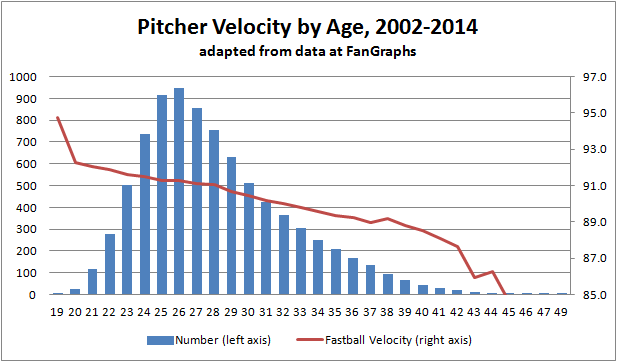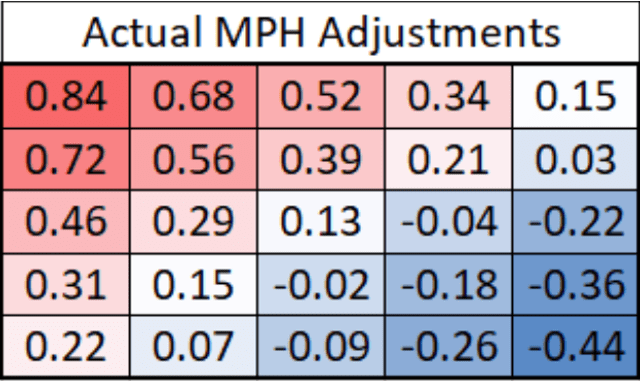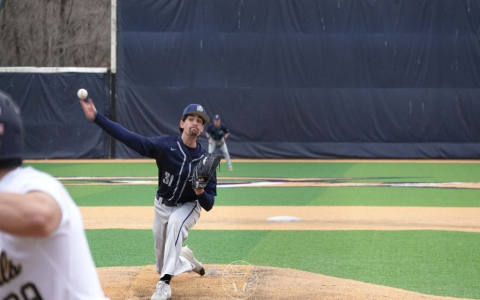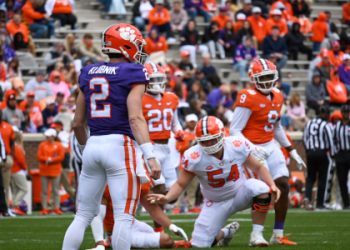Alright, let’s talk about something I tinkered with recently: figuring out what those Little League pitch speeds actually feel like compared to the big leagues. You hear 60 mph in Little League, and it sounds kinda slow compared to MLB pros throwing 90 mph or more. But then you see those kids swinging late, and you know there’s more to it.

So, I started thinking. The main thing is the distance, right? The pitcher’s mound is way closer in Little League. That means less time for the batter to react. That’s the key.
My Process Figuring This Out
First thing I did was grab the standard distances. You’ve got:
- Major League Baseball (MLB): 60 feet, 6 inches. Let’s just call it 60.5 feet to make life easier.
- Little League (Majors Division): It’s usually 46 feet.
Okay, so a shorter distance. My next step was thinking about time. How long does the ball actually take to get from the pitcher’s hand to the plate? Speed isn’t the whole story; it’s about reaction time. Less time means it feels faster.
I decided to work it out. You need to get everything in the same units. Miles per hour needs to become feet per second. I remembered doing this stuff way back.
Let’s take an example. Say, a 60 mph pitch in Little League.

- First, convert 60 mph to feet per second. 1 mile is 5280 feet, and 1 hour is 3600 seconds. So, 60 mph (5280 ft / 1 mi) / (3600 s / 1 hr) = 88 feet per second. Easy enough.
- Now, find the time it takes to travel the Little League distance (46 feet). Time = Distance / Speed. So, Time = 46 ft / 88 ft/s. That comes out to about 0.523 seconds.
Okay, 0.523 seconds. That’s the time a Little League batter has to react to that 60 mph pitch.
Now, the interesting part. What speed does an MLB pitcher need to throw from 60.5 feet for the ball to arrive in that same 0.523 seconds? This gives us the ‘equivalent’ speed in terms of reaction time.
- We use the same idea: Speed = Distance / Time.
- MLB Distance = 60.5 feet.
- Time = 0.523 seconds (the time we got from the Little League calculation).
- So, Equivalent MLB Speed (in ft/s) = 60.5 ft / 0.523 s. That’s about 115.7 feet per second.
Last step, convert that back to miles per hour.
- 115.7 ft/s (3600 s / 1 hr) / (5280 ft / 1 mi). Punching that into a calculator gives roughly 79 mph.
What I Found
So, based on my fiddling around with the numbers, a 60 mph pitch in Little League gives the batter about the same amount of time to react as a 79 mph pitch does in the Majors. That’s a big difference from just looking at the 60 mph number!
I did this for a few different speeds just to see the pattern. The shorter distance makes a huge impact on how fast the pitch seems to the batter. It’s all about that reaction time. It really puts into perspective how tough hitting can be for those kids, even when the speeds sound low compared to the pros. Pretty interesting stuff once you break it down.






